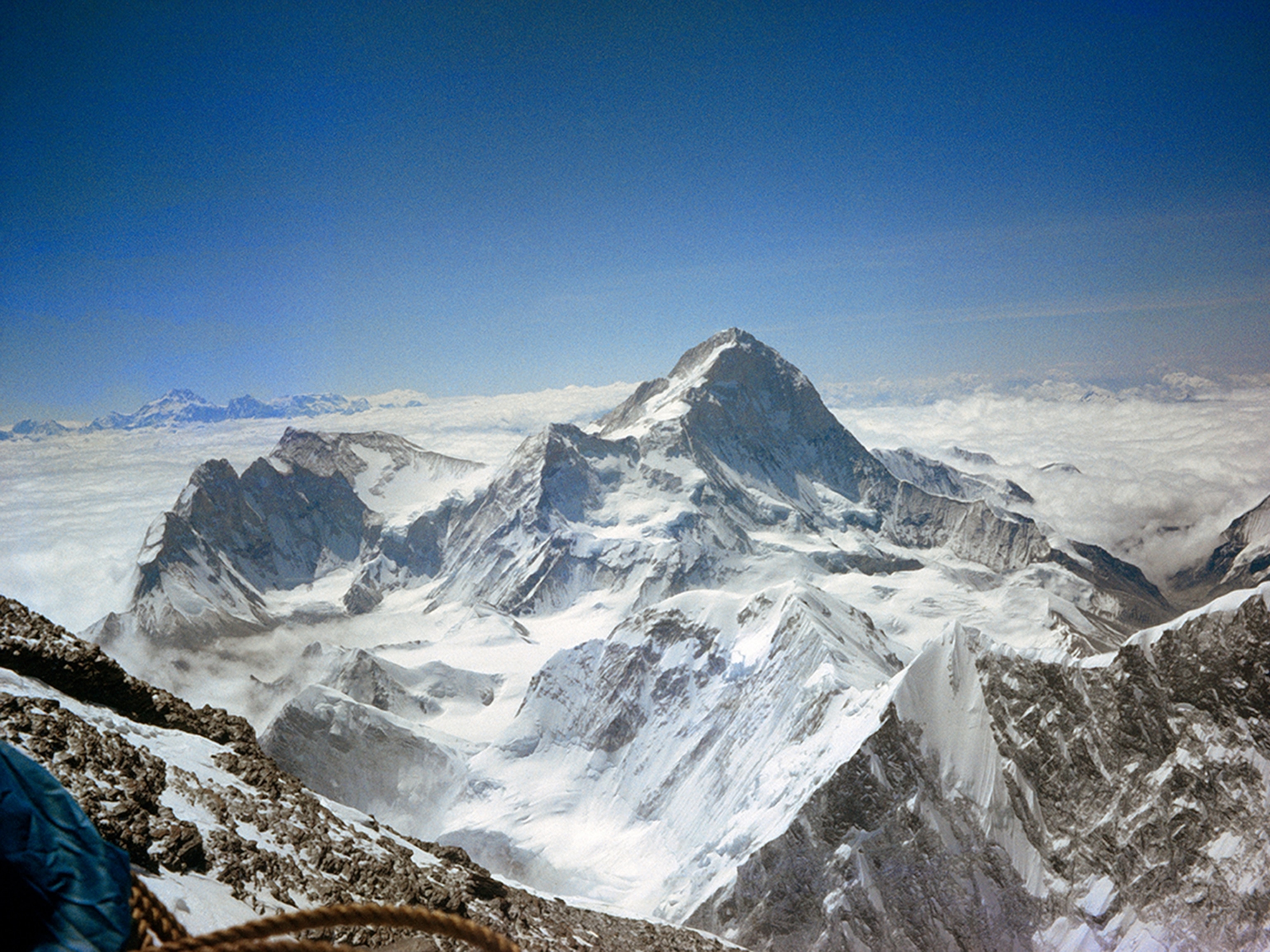
Lights, Cameras, Action: New Tech for Adventure Videos
Smaller units, increased resolution, and flying capability give the new generation of action cameras an edge on land, at sea, and in the air.
Built rugged, waterproof, and designed to mount anywhere—helmets, SUP paddles, on small drones—action cameras are the go-to tool for documenting adventures of all sorts. And the brand that really brought them to light, GoPro, is releasing a bevy of new products, including its own drone, for its 10th anniversary.
Of course, it took some time for action cameras to really take hold in the popular realm. According to statista.com, action camera sales of all brands combined totaled just 200,000 units in 2010. That was GoPro’s fourth year, the year its HD camera was available and touted 1080p at 30fps for $299. Since then, action camera sales kept ramping up each year, with 8.5 million units shipped in 2015. GoPro did see a dip in revenue in the fourth quarter of 2015, resulting in some employee layoffs. Even so, a 2015 Futuresource Consulting report predicted that action camera sales will continue to increase at least until 2019.
The Top Players
It’s hard to ignore GoPro’s success, and a number of other companies are vying for a slice of the $3.2 billion action camera pie. While some companies are just trying to do the same thing as GoPro but for a lower price, others are bringing in new technologies to compete. Camera giant Sony just released the FDR-X3000R, which features new mechanical stabilization technology for better image quality compared to previously used electronic image stabilization (EIS). Garmin, a brand that comes from different crossover industries such as maps and GPS markets, has introduced the Virb, an early adapter of incorporating GPS data with its action camera. The navigation company TomTom produces the Bandit Action Camera with similar GPS capabilities as the Virb.

Yi is another brand keeping pace with its 4K Action Camera, which kept a viewfinder screen on the back and gave the GoPro Hero 4 Black a good run for half the price. Vivitar is innovating with its 360Cam, featuring two 12.1 megapixel lenses on each side of the camera that stitches the images together to give the viewer a 360-degree view of the action, and not just the traditional view of where the camera is pointing. Intova’s cameras are designed for scuba diving with built-in illumination for filming deep in the dark sea.
Even Polaroid is in the action camera game and has led the way by developing its Cube camera, measuring only 1.4 inches on each side, two years before GoPro released its cube-shaped Session camera. Sony also responded to the smaller camera size with its Action Cam Mini.
Say It Like It Is
As you’ll find in many discussion groups and camera-review comments, what matters most is not the camera you have, but the story you tell with it. Sure, the camera size and the ability to mount it anywhere is changing the perspectives we can capture on video to tell those stories. But good storytelling is probably the hardest part of the process for the nearly 20 million action camera users out there.
A few products have been developed to help with the storytelling by helping users manage their hours of footage (which is often the biggest challenge for a novice camera buyer).
One tool, Trace Up, is the size of a small hockey puck and pairs with your action camera. A number of internal sensors determines when something exciting has happened with the camera, like going off a jump or spinning around—all things common in popular gravity sports such as surfing, mountain biking, skiing, or snowboarding. Users then feed their footage into the Trace system, and it automatically pulls these extreme moments from the recordings, color corrects the footage, and strings it all together. It can even overlay the stats like airtime, cutback (surfing), and speed.

GoPro is also offering users a little more help with uploading and storing video with GoPro Plus, a new cloud-based storage service. The service comes with access to what GoPro calls “an extensive music library”—which we all know can play a huge role in the creation of a video—plus a few other perks such as discounts on GoPro gear.
On your hard drive, GoPro’s mobile app Quik will come out with a desktop/laptop version with auto edit features that will take your selected clips, string them together, and add a soundtrack. Presumably, it’s going to be smart enough to synchronize transition cuts in your video to the beat of the music.
If you can’t be bothered with any of that, and have around a hundred bucks to spend on an edit, upload your footage to the folks at proeditors.com. They’ll get you a finished video complete with music.
- National Geographic Expeditions
Go Airborne
GoPro’s drone, Karma, is probably the biggest rumor to be fulfilled. GoPro has taken into consideration a number of factors that drone flyers have been wishing for, such as moving the camera to the front to keep legs and rotors (mostly) out of the shot, folding arms for easy packing, and, possibly the best value-added feature, the removable gimbal to provide steady shots on and off the drone. It also comes with its own screen-included controller so pilots don’t have to tie their smartphone into the system. But, if you have someone available and want to relinquish camera control while you fly, a smartphone can be paired for team shooting.
GoPro has priced the Karma very competitively at $800 without a camera. It is compatible with the Hero 4 Black and Silver. Or buy it with the new Hero 5 or the new Session. Surprisingly, what Karma does not offer is the “follow me” or selfie feature like the Lily Camera, Snap drone from Vantage Robotics, and Hexo+. Unlike the Lily Camera, Karma does not float and is not waterproof. And while the Hexo+ is out, Lily and Snap have yet to ship after several delays.
Not to be outdone, drone leader DJI just announced their own folding drone, the Mavic Pro. Past versions of DJI drones have been awkward to carry around with rigid rotor arms and fixed landing gear. The Mavic Pro will include a 4K camera, obstacle avoidance technologies, and will respond to hand gestures. It just comes under the Karma cost at $749 and includes the camera.

What does all of this mean for you? GoPro no longer has a monopoly on the action camera market, and consumers have more choices. And while GoPro has been hugely influential in the market and subject to numerous copycats, it also follows the innovation of others and does some copying itself.
If you’re an action camera user, what do you use and prefer? In the market? What are you looking for before you buy?
Adventure correspondent Cameron Martindell travels the world seeking beautiful destinations and amazing adventures to document in photos, prose, and video. These adventures provide plenty of opportunities to break gear all in the name of the testing process. He maintains his own adventure website at offyonder.com and can be followed on Instagram, Twitter, Facebook, Pinterest, and Snapchat as @offyonder. He lives in Boulder, Colorado.







